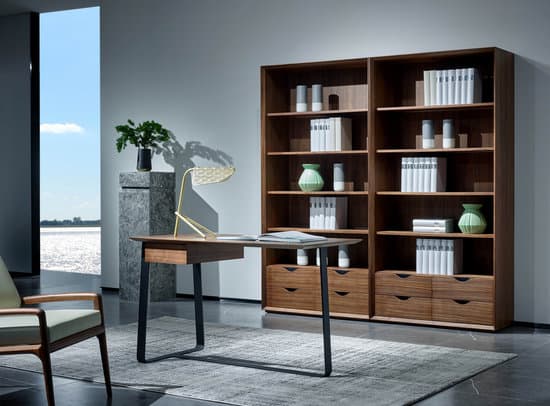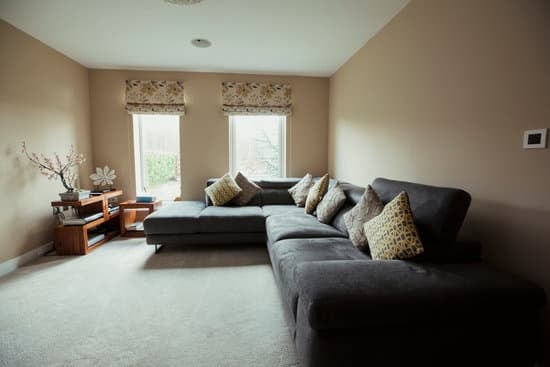Introduction to the 80-20 rule in decorating
Decorating our homes can be an exciting but daunting task. Many homeowners struggle with the challenge of creating a space that is both aesthetically pleasing and functional. This is where the 80-20 rule comes in to play. The 80-20 rule is an unconventional formula employed by home designers and decorators to create a room with balance and harmony. The rule simply involves painting the majority of the room with neutral colors and adding the remaining 20 percent with a pop of vibrant color. In this article, we will delve into the concept of the 80-20 rule in decorating and explore the various ways homeowners can apply it to create beautiful and stylish interiors.Understanding the concept of neutral colors
Neutral colors are colors that lack strong hues. Common neutral colors include white, gray, black, and beige. These colors are often used as a backdrop for other colors to stand out. Neutral colors are an essential part of the 80-20 rule, as they form the majority of the color scheme in the room. Neutral colors create a sense of calmness and balance in a room, making them the perfect color choice for walls and large furniture pieces.The importance of choosing the right color combinations
Choosing the right color combination is key when implementing the 80-20 rule. The remaining 20 percent of color should always complement the neutral colors used in the room. One way to achieve this is by using a color wheel. The color wheel is a tool that shows the relationship between colors. Complementary colors are colors that are opposite each other on the color wheel. For example, blue and orange are complementary colors. When used together, the colors create a nice contrast and add visual interest to the room. The color wheel can also be used to create analogous colors, which are colors that sit next to each other on the color wheel. Analogous colors create a harmonious and cohesive color scheme.Applying the 80-20 rule to furniture and decor
The 80-20 rule can be applied to furniture and decor as well. Large furniture pieces such as sofas, chairs, or tables should be neutral in color, while smaller decor pieces such as pillows, vases, or artwork can be used to add pops of color. When selecting the decor pieces, it is important to keep the color scheme in mind. The decor pieces should complement the colors used in the room and not overpower them.Creative ways to incorporate pops of color in a neutral room
Incorporating pops of color in a neutral room can be done in creative and unique ways. Here are some ideas to get started:- Using a brightly colored rug
- Adding colorful curtains or drapes
- Painting the ceiling a bold color
- Using colorful throw pillows or blankets
- Hanging colorful artwork or photographs on the walls
Expert tips for successful implementation of the 80-20 rule
Here are some expert tips to help homeowners successfully implement the 80-20 rule in decorating:- Stick to a cohesive color scheme
- Choose neutral colors that complement the natural light in the room
- Use a variety of textures and patterns to add interest to the room
- Consider the size and scale of the room when selecting furniture and decor
- Experiment with different color combinations to find what works best for your space
Common mistakes to avoid when using the 80-20 rule
While the 80-20 rule is a helpful guideline, there are some common mistakes that homeowners should avoid:- Avoid using too many bright colors that can overwhelm the space
- Do not use too many decor pieces that can make the room feel cluttered
- Do not ignore the natural light in the room when selecting colors
- Do not forget to incorporate a variety of textures and patterns to add depth and interest to the room
Examples of stunning interiors using the 80-20 rule
Many professional designers and homeowners have successfully implemented the 80-20 rule in their interiors. Here are some examples of stunning interiors that use the 80-20 rule:- A living room with neutral walls and furniture, accented with pops of pink and green through pillows, curtains, and decor pieces
- A bedroom with white walls and bedding, accented with a colorful rug and a bold painting on the wall
- A kitchen with white cabinets and a neutral backsplash, accented with colorful barstools and artwork on the walls






















